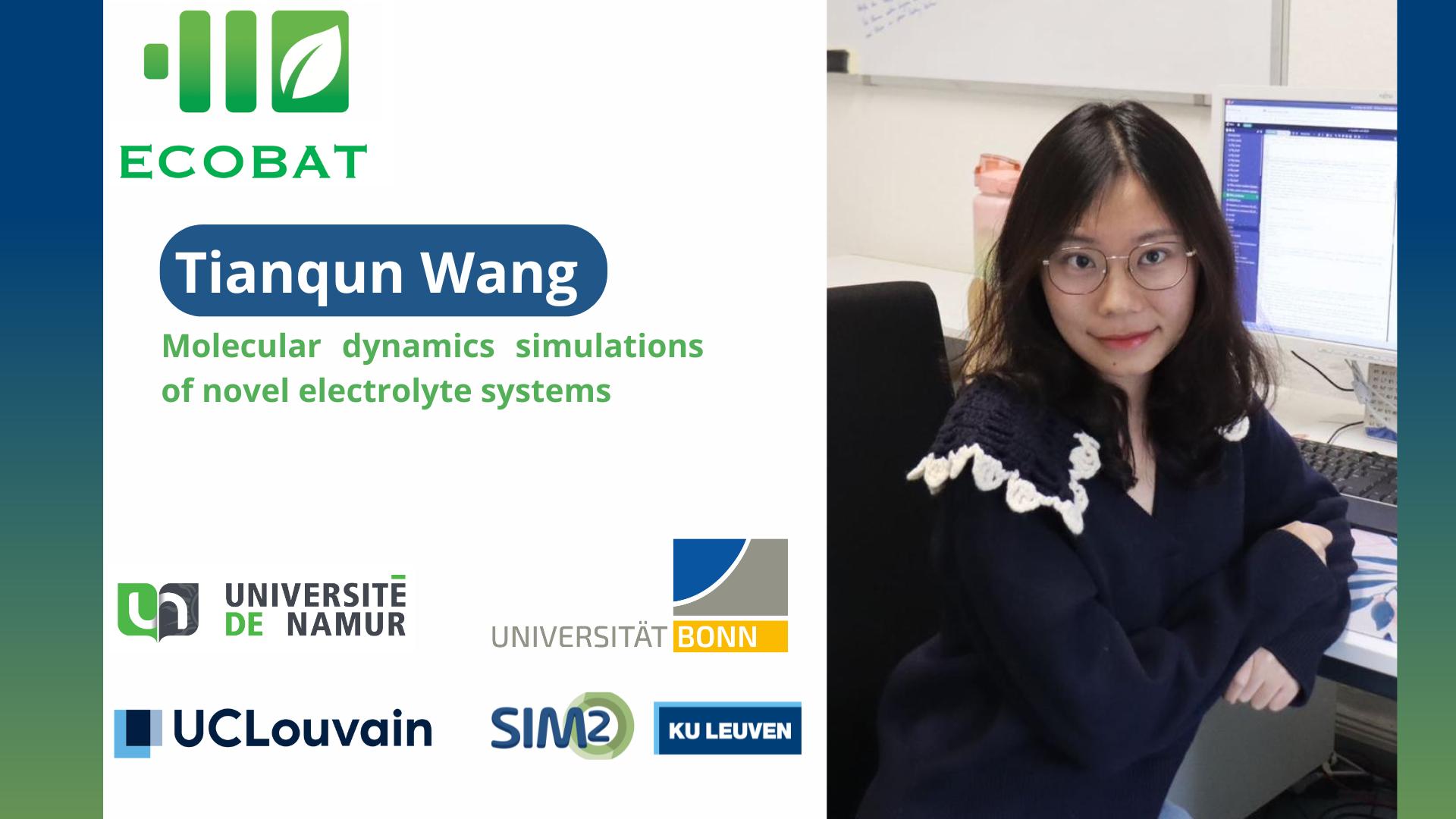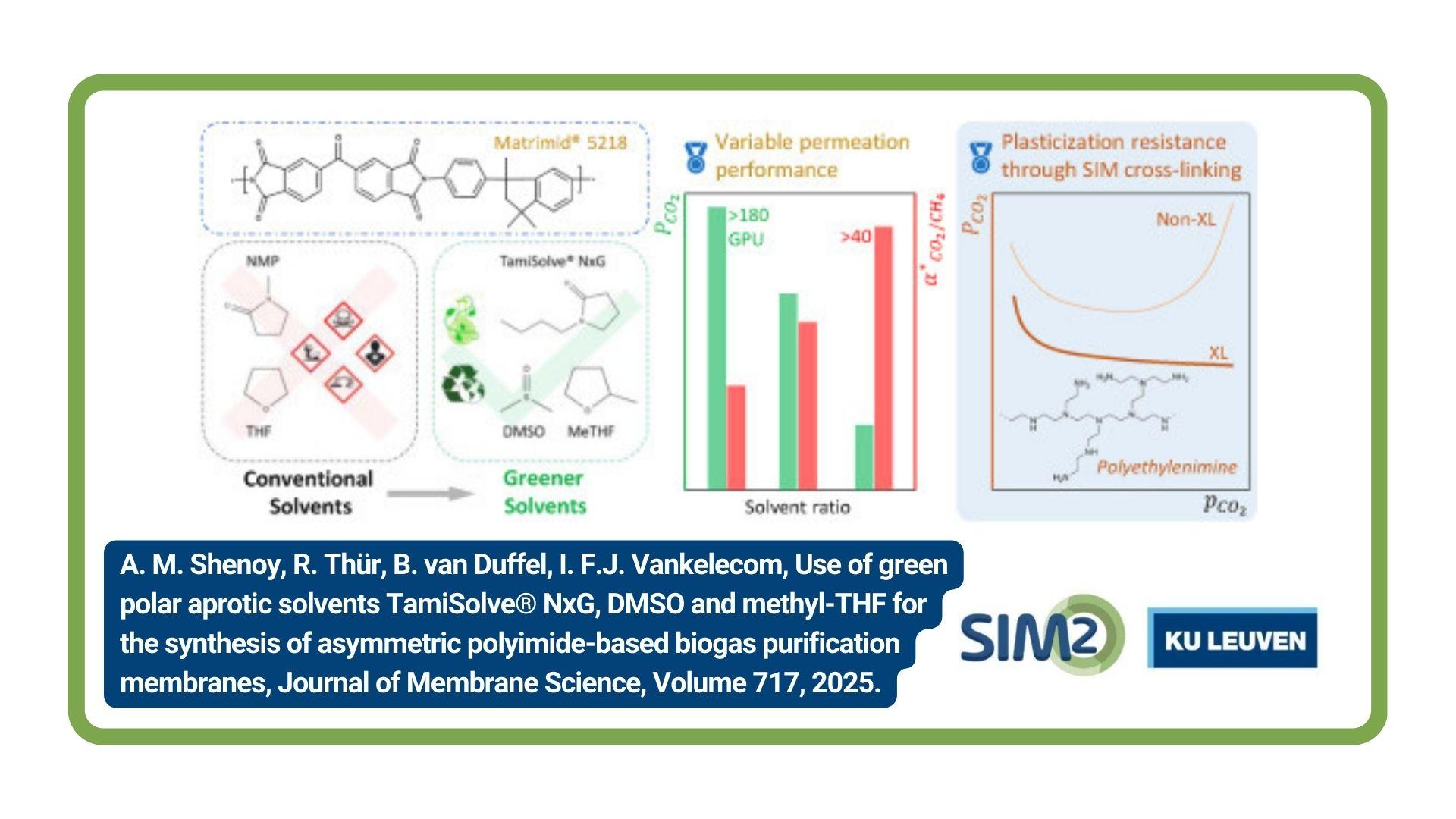The KU Leuven’s lifecycle engineering (LCE) research group (SIM² – KU Leuven) has explored a new methodology using Deep Learning (DL) for the classification of spectra of scrap metals. The presented research is an essential step towards improved metal sorting and recycling. The presented research demonstrates the feasibility of monitoring the composition of waste streams in real-time by using DL and LIBS. The work was published in Spectrochimica Acta Part B: Atomic Spectroscopy.
Aluminum (Al) is essential in Europe's transition towards a climate-neutral and circular economy. Its growing transport applications enable significant weight savings and corresponding emission reductions. It is also a key material in modern buildings and is used abundantly for qualitative food packaging.
LIBS
From an environmental perspective, the main disadvantage of Al is the enormous energy consumption that goes along with primary Al production. The recycling of Al can largly avoid this impact. For this reason, to enhance Al recycling, a novel method was developed in the presented research to classify aluminum post-consumer scrap by combining state-of-the-art Laser Induced Breakdown Spectrometry (LIBS) and deep and machine learning approaches.
Compared to previous studies, a more industrially representative and substantially more extensive data set was developed, which better represents the wide range of alloys in post-consumer scrap and varying surface conditions and contaminations. The classification is also performed for three commercially interesting Al output fractions; Primary, Desox, and Secondary Al. Since these classes do not correspond to the aluminum alloy series, this drastically increases the complexity of the classification task, as a classification by alloy series allows the sorting decision to be made based on the main alloying element.
New results
Presented results demonstrate how machine and DL methods can learn to denoise LIBS spectra which is essential to overcome typical difficulties in LIBS processing, such as matrix effects and saturation effects, as well as physical phenomena, such as self-absorption, relatively low system stability, and the limited repeatability of LIBS signals due to their sensitivity to environmental conditions.
In addition, it is demonstrated that both machine and DL methods can achieve high classification accuracies up to X%. The main advantage of the presented end-to-end DL is demonstrated to be the ability to process over 200 spectra and provide sorting decisions within milliseconds. This is of high value for the industrial sorting process, as higher classification speeds allow to push sorting capacity, positively impacting the economic viability of enhanced sorting systems that allow closed loop Al recycling.
Complete reference of the paper
Díaz-Romero, D., Van den Eynde, S., Sterkens, W., et al., Real-time classification of aluminum metal scrap with laser-induced breakdown spectroscopy using deep and other machine learning approaches. Spectrochimica Acta Part B: Atomic Spectroscopy (2022). https://doi.org/10.1016/j.sab.2022.106519
LCE research group and EAVISE Research Group






